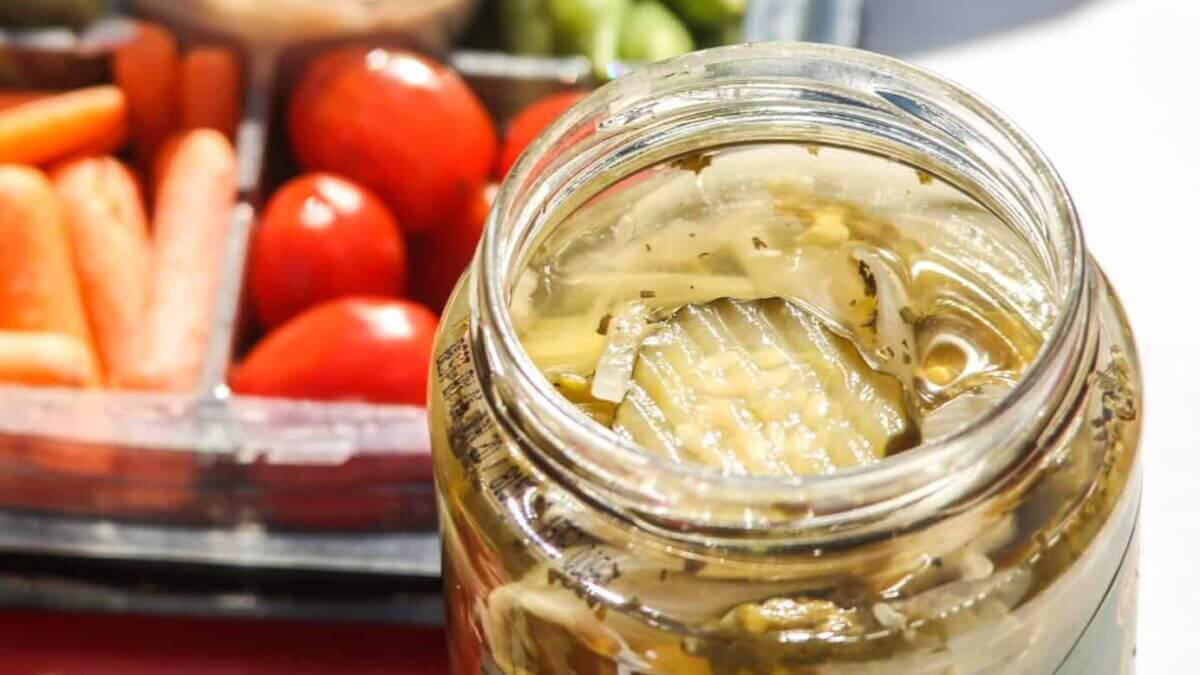Pickles may not be the most glamorous or sexiest of foods but do you know that this method of food preservation has been around since at least 2030 BCE?
That is, according to the New York Food Museum. During this time, cucumbers, which are native to India and grown on the foothills of the Himalayas were preserved in brine and brought to Mesopotamia.
Throughout the ages, people learned that pickling did more than just make food last longer.
The Greek philosopher Aristotle waxed lyrical about the curative properties of pickled vegetables in 350 BCE. Then during the reign of Emperor Julius Caesar (100-44 BCE), he was said to have fed his soldiers before battle. The reason? He believed that it would give his battalion physical and spiritual strength.
There could be some truth to Caesar’s beliefs. According to the New York Times, there’s speculation that the vinegar and salt found in pickle juice may prevent cramping in athletes.
The beautiful Queen Cleopatra of Egypt believed her good looks throughout her life was due to the number of pickles she ate.
According to the National Center for Home Food Preservation, the first pickled foods may have been bathed in old wine or beer that slowly fermented.
Pickles made their way to Europe in the Middle Ages and were said to have been a firm favourite of Queen Elizabeth and William Shakespeare.
Pickled cucumbers even played a part in Christopher Columbus’ discovery of America.
The crew members on many transoceanic voyages during this time suffered from scurvy, a disease caused by a lack of vitamin C.
Pickled cucumbers are not a good source of protein or fat, but are a fairly rich source of vitamin A, vitamin C, and phosphorus.
It is said that Colombus’s ship stocker, a man named Amerigo Vespucci, stocked the Niña, Pinta, and Santa Maria with lots and lots of vitamin C-rich pickles that protected the ships’ crew from scurvy during their voyage across the Atlantic.
In India, they pickled their produce even before they were ripe. Examples would be their mango and ginger pickles. In the case of mangoes, unripe fruits that fell from the trees would be stored in containers with salt and lemon so that they are not wasted. Renowned food historian KT Achaya has said that the art (or science) of pickling was innovative and highly evolved, and this happened over centuries. There were no less than 50 pickle varieties in 1954, he said.
Pickling does not mean just soaking food in super-salty brine. Many cultures across the globe have buried food in the ground as a method of food preservation. The food did rot but it remained edible. The Chinese buried eggs; Scandinavian communities fermented fish in the ground, along with cheese and traditional liquor.
The Scottish buried kegs of butter in peat bogs to slowly ferment it for seven years before eating it. The Inuit people, who inhabit the Arctic regions, still bury whale and seagull meat.
Other countries also have their favourite forms of pickles. The Germans have their version of sour pickled cabbage – sauerkraut. The Koreans also have a version they call kimchi.
The natives of the Pacific Islands have preserved fruit in fermentation pits for two millennia. The warm, humid climate of those islands caused rapid food spoilage. These chambers are dug in well-drained locations and lined with banana leaves to protect the food from the soil. The pits were especially useful for collecting a surplus of food for ceremonies and natural catastrophes. These pits were so important to those in Fiji that it became the criteria for marriage. Before a man could propose to a woman, her parents would inspect his storage pits to make sure he was good marriage material.



